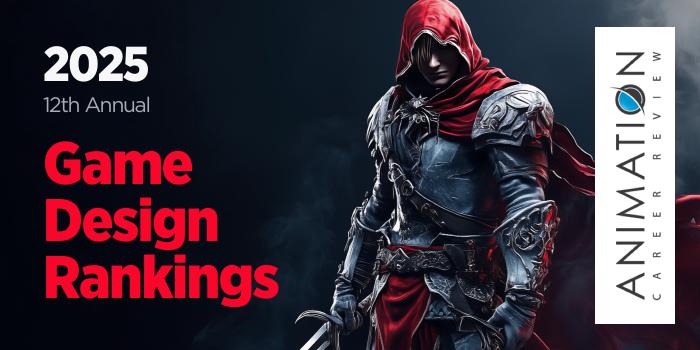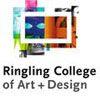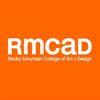New York University (NYU) is home to Tisch School of the Arts (NYU Tisch). Founded in 1965 as the School of the Arts, the school was renamed in 1982 after receiving a gift from billionaire brothers and businessmen Laurence A. and Preston Robert Tisch. Today, NYU Tisch provides BA, BFA, MA, MFA, MPS, and PhD degrees in areas such as cinema studies, collaborative arts, film and television, game design, interactive media arts, performance studies, and recorded music.
NYU Tisch also houses the Department of Game Design. Founded in 2008 and known as NYU Game Center, the department hosts workshops, academic seminars, playtests, tournaments, and other events such as NYU Game Center Lecture Series; No Quarter Exhibition (est. 2010); the annual Strategy Guide—Breaking into the Game Industry Workshop; and the professional game conference PRACTICE—Game Design in Detail.
Other NYU Game Center highlights include access to the Clive Davis Institute of Recorded Music; the Game Center Open Library; hands-on experiences in the center’s development studios and play labs; internship opportunities at places such as Blizzard Entertainment, Riot Games, and Disney; and the opportunity to participate in study away programs at NYU’s other campuses in Abu Dhabi and Shanghai, and academic centers in London, Paris, Washington, D.C., Prague, Berlin, Tel Aviv, Buenos Aires, Sydney, Florence, and Madrid.
NYU Game Center students may also participate in The Game Center Incubator. Launched in 2014, the incubator provides expertise, funding, and space for projects with commercial potential. Incubator leaders help select students see projects through to a public launch.
NYU Game Center undergraduate degree options include a BFA in Game Design. This 128 credit hour program has a strong foundation in the liberal arts. This means students will complete a significant amount of coursework in social sciences, humanities, explanatory writing, and hard sciences (biology, chemistry, physics, etc.). BFA students will also explore different styles of creative production by taking a production course in another NYU Tisch department.
The Game Design BFA curriculum consists of primary areas including game design, game development, and game studies, as well as production areas such as programming, visual design, game business, and audio design. Course examples for the program include Introduction to Game Design; Level Design Studio; 3D Development; Modern Tabletop Literacy; Pixel Prototype; The Immersive SIM; Programming for Games; 3D Modeling for Games; Art Direction for Games; XR Studio; Music and Gameplay; Games in Narrative; Shade Lab; Roleplaying on the Margins; 2D Animation for Games; and Business of Video Games.
The Game Design BFA program at NYU culminates with the Senior Capstone. This final project can be a group or solo game, curated exhibition, or research paper—student’s choice.
NYU Game Center BFA graduates will enter the job market with a resume, several finished games or related works, and the assistance of NYU’s extensive Wasserman Career Center. As part of Tisch School of the Arts, NYU Game Center graduates also have access to the school’s own Office of Career Development, which helps alumni launch their creative careers.
Across programs, graduates are prepared to pursue advanced roles in all areas of games. Program alumni have been hired at places such as Blizzard Entertainment, Riot Games, Disney, Nickelodeon, ESPN, Amazon, Tencent Holdings, Avalanche Studios Group, Take-Two Interactive Software, Arkadium Games, and the International Game Developers Association Japan (IGDA Japan).
Some NYU Game Center alumni have also gone on to launch their own studios, write books, organize festivals, and win awards.

























